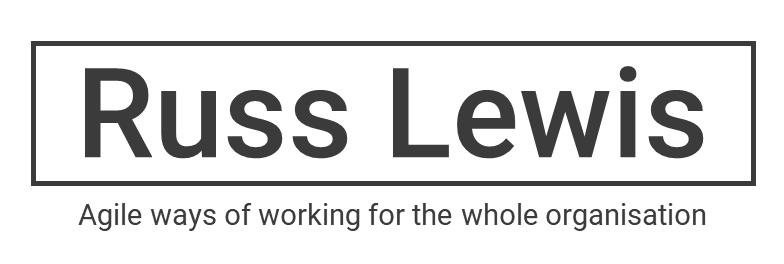There’s no doubt what Agile Delivery means
Whether you are a senior manager, C-suite executive, middle or project manager, Agile Delivery means putting value in your customer’s hands in weeks not years. It also means being able to change your mind about what you want to deliver, as often as the market demands.
Information changes priorities
You need to be able to change quickly, agilely, because new information arrives every day. Each day’s events give you insight into why last week’s priorities are no longer as important as they seemed then.
A lot of this information comes from within the organization, yet its appearance often comes as a complete surprise. Like when you reach the last months of the financial year and must ‘hand-back’ a big chunk of your budget, or when the decommissioning team informs you that it will take another five years before Goliath can be switched off.
Who to blame?
It is tempting then to look around for the causes of these problems. Yet, although it’s cathartic to find mistakes that were made and point out the lack of skills, resources, or decision-making, such activities don’t increase your organization’s agility. Instead, they make your best talent wonder why they are there and can provide the impetus they need to go for that job your competitor keeps offering. That leaves your organization weaker as losing your best people will make agility more difficult and less likely.
Go to the Place of Work
A more profitable approach is to engage with your team leaders and team members. An easy way is to turn up to a daily meeting (it may be called a Daily Scrum or stand-up). No matter that you own the company, remember this is the team’s meeting, so ask their permission to observe and do so silently. They will likely invite you to share any comments you have once they are done, and it’s likely you’ll say you’ve learned more about the complexity of the work in those fifteen minutes than you expected.
Shaping the Environment
As you turn your attention more and more to the people who do the work, who create the value for your customers, you will begin to appreciate why your organization is so ineffective. You will see signs that make you think it was deliberately designed to prevent that value from reaching your customers.
You cannot solve these problems since they are systemic. Your job as a manager is to develop your awareness of the situation, then create the conditions for your teams to succeed. You can only do this in collaboration with those who are doing the work and they cannot succeed without you to shape the environment of work with them.







